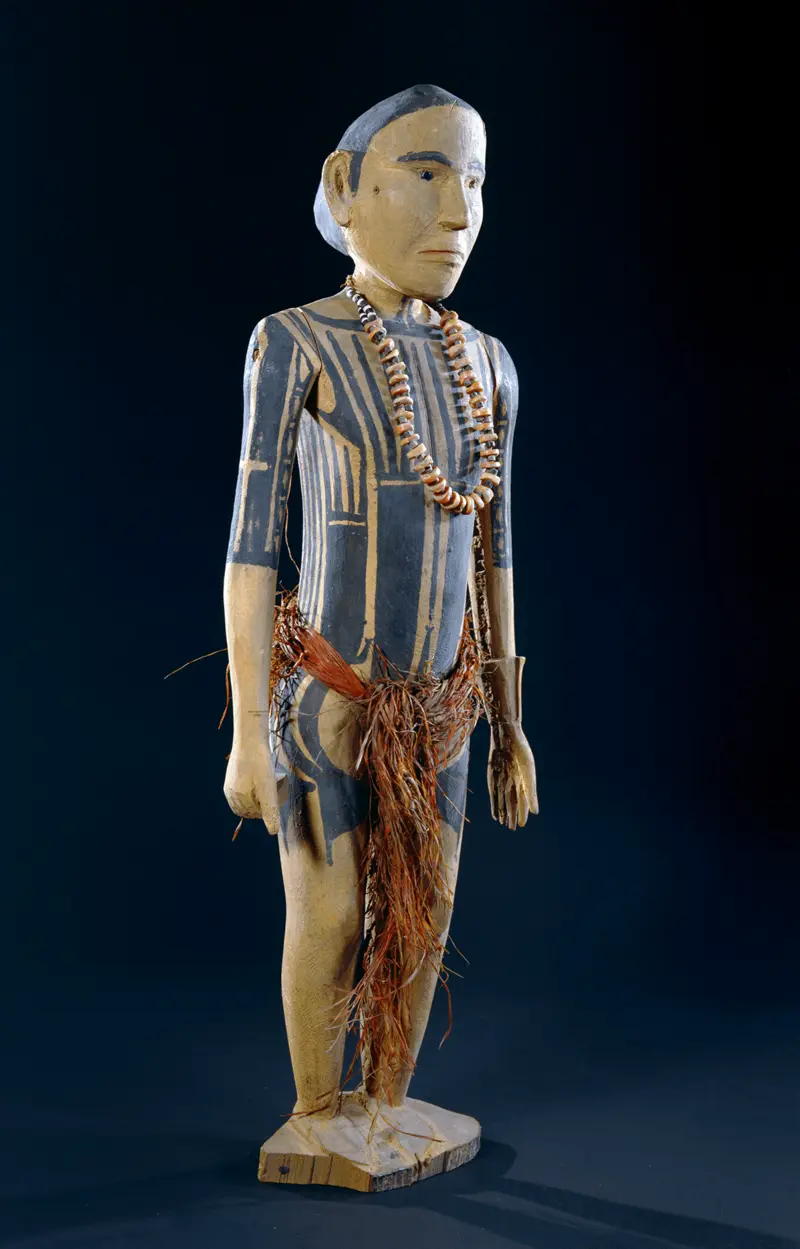[Translate to English:] (un)begehrt - Einleitung
In the past, tattoos and piercings were often regarded with skepticism – always vigorously talked about, and at the same time marveled. Since the beginning of the 21st century, they are widely visible on the streets in Saxony, either worn with pride or hidden from sight for religious, personal or political reasons.
On the skin, they serve as a means of communication and observation. To see and be seen: during the 18th and 19th centuries, tattoos were regarded and assessed quite differently in Europe. From a romantic image of the "noble savage" to the stigma of a criminal, European researchers, travelers, and scientists reinterpreted the phenomenon again and again. At the same time, people from almost all walks of society – from laborers to nobility – were tattooed and pierced.

